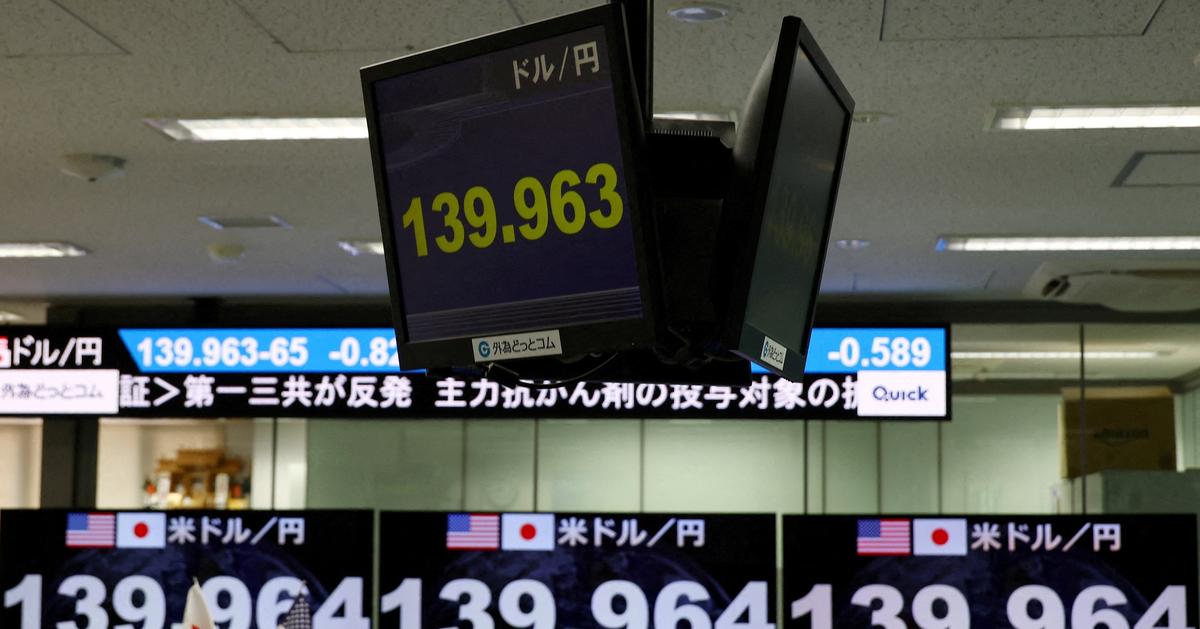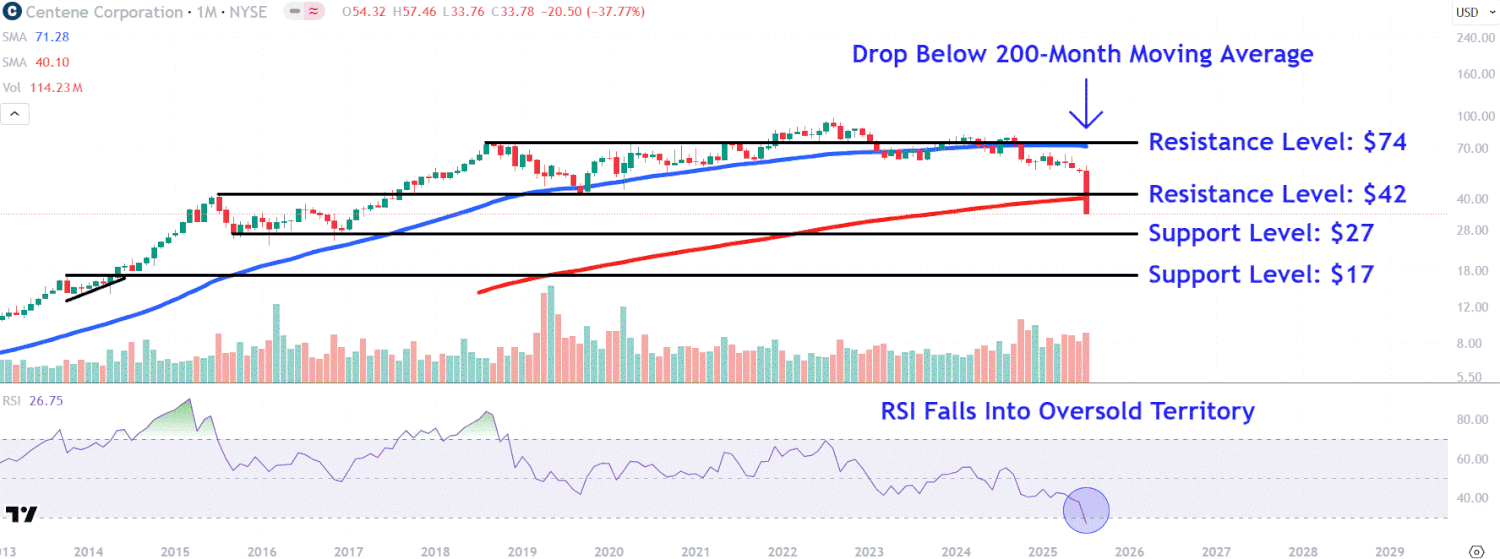The US dollar is poised for its most significant decline in modern history, with further drops on the horizon. Having already depreciated by more than 7% this year, analysts at Morgan Stanley project an additional 10% decline may be forthcoming. A weakened dollar could enhance the competitiveness of US exports, thereby supporting former President Trump’s strategy to realign US trade. However, this scenario also means that imports become pricier, exacerbating the impact of existing tariffs.
The pressing question now is whether the dollar will not only see a decrease in value but also a diminished role in the global financial landscape. Currently, there are limited alternatives. Initiatives aimed at reducing dependency on the dollar—such as central banks opting for gold and China extending its currency to developing nations via swap lines—have yet to substantially alter the situation. As political economist Ngaire Woods noted in an earlier essay for Semafor, “they haven’t dethroned the dollar, but that’s because the US government has protected it through sound policy and global engagement.”
Historically, a significant period of dollar depreciation occurred in 1973, which coincided with then-President Richard Nixon’s decision to take the US off the gold standard. “Big moves in the dollar tend to create moments of instability,” remarked Morgan Stanley’s Wilson, emphasizing the potential consequences of current trends.












